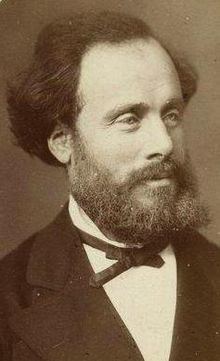Name Antoine-Alfred Marche | Died 1898, Paris, France | |
 | ||
Antoine-Alfred Marche (15 February 1844, Boulogne-Billancourt – 31 August 1898, Paris, France) was a French naturalist and explorer. He visited Africa, the Philippines and finally the Mariana Islands. He made collections of various artifacts. He made a large collection of bird specimens from the Marianas between 22 April 1887 and May 1889 and some of them included new avian species (such as the golden white-eye, a bird described by Émile Oustalet).
Contents
In 1887, Marche was awarded the Legion d'Honneur. In his later years, he worked as an archivist in Tunis.
Africa
He was involved in three expeditions to western Africa (1872, 1873–74 and 1875–77). On the second expedition he was joined by Victor de Compiegne (1846–77) in which he explored the Ogooué River. On his third African trip, he accompanied Savorgnan de Brazza, and collected numerous zoological specimens.
Philippines
From 1880 onward, Marche devoted several years conducting naturalist studies in the Philippines, via commission of the French government. He had a particular interest in burial sites and spent a great deal of time caving the areas of Boac, Gasan, Mogpog, and others. From this work in the region, Marche published his 1887 "Luçon et Palaouan, Six Années de Voyages aux Philippines (Luzon and Palawan, Six Years of Voyages in the Philippines)". In the modern era, his discovered artifacts are nationally exhibited as samples of Philippine art and antiquity.
